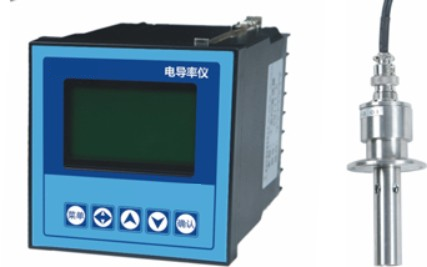1.Industry Characteristics
The composition of wastewater generated during electroplating production is highly complex. In addition to cyanide (CN-) and acids and alkalis, heavy metals are a potentially highly hazardous category of wastewater in the electroplating industry, severely harming the environment and human health. Wastewater and wastewater discharged from electroplating plants contain significant amounts of metal ions such as chromium, chromium, and nickel, as well as cyanide, acids, and alkalis, often containing organic additives. These metal ions can exist as simple cations, acid anions, or complex complex ions.
Chemical methods such as neutralization precipitation, neutralization coagulation precipitation, oxidation, reduction, barium salt, and ferrite treatment are commonly used to treat electroplating wastewater. Chemical methods offer simple equipment, low investment, and widespread application, but they often leave sludge requiring further treatment. Chemical treatment requires the addition of a certain amount of chemical raw materials to the wastewater, necessitating the measurement of flow rate, liquid level, pH, and ORP throughout the treatment process.
2.Automatic control instrument application solution
2.1Pressure transmitter
In electroplating wastewater treatment, pressure monitoring often involves installing an on-site pressure gauge or pressure transmitter at the pump outlet. If a pressure transmitter is required, a widely used and mature intelligent pressure transmitter is often selected. This allows for easy range setting and zeroing via a handheld operator. Some plate and frame filter presses also utilize pressure transmitters in the sludge treatment phase of wastewater treatment.
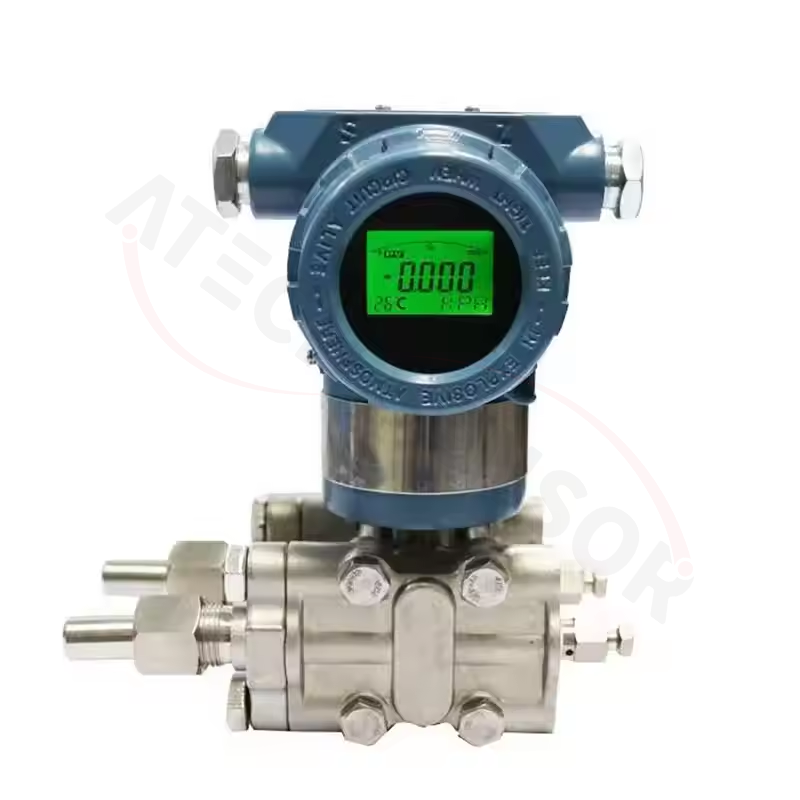
2.2flow meter
The flow meter is a very important type of instrument in the electroplating plant. In the electroplating process, the addition of acid and alkali solution and the amount of cleaning water in different sections need to be measured and counted, and the wastewater received by the sewage treatment station needs to be measured, relying on the flow measurement instrument to provide the necessary data to assess and analyse the economic effect of operation. In the flow measuring instrument of the electroplating industry, most of the media are strong acid and alkaline, and the measuring instrument has strong anti-corrosion performance.Electromagnetic flowmeter is a tachymeter flowmeter, which is suitable for measuring the volume flow rate of conductive liquids. Electromagnetic flowmeters are mainly composed of transmitters and converters. After the flow rate of the measured medium is converted into an induced potential by the transmitter, the induced potential signal is converted into a current signal as an output by the converter, so as to record the distant indication or as a control signal. The electromagnetic flowmeter has no fixed or movable throttling parts in the measurement channel, no pressure loss to the fluid, and its output characteristics are independent of the density, viscosity and flow condition of the measured liquid, which is suitable for measuring the flow rate of fluids with solid particles in sewage treatment. At the same time, the installation of electromagnetic flowmeter has not too high requirements for the straight pipe section, which is usually 5D in the front and 3D in the back (D is the inner diameter of the selected instrument). It is precisely because of these characteristics of the electromagnetic flowmeter that it is widely used in sewage treatment. Electromagnetic flowmeters can be considered for measurement on the inlet and outlet pipelines and sludge pipelines of sewage treatment plants. It should be noted that electromagnetic flowmeters have requirements for measuring the conductivity and flow rate of liquids, which need to be considered with special attention during design.
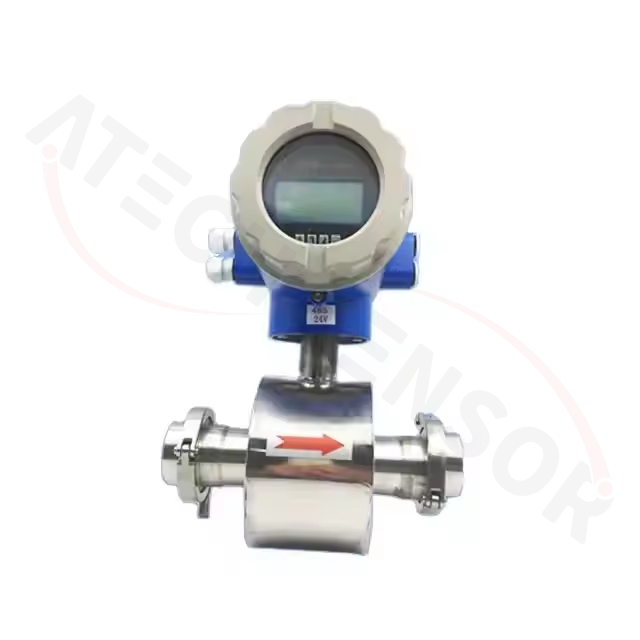
2.3Liquid level gauge
The liquid level detection instruments that are most commonly used in electroplating wastewater treatment are ultrasonic level meters and magnetic flap level meters.
2.4Ultrasonic level meter
The ultrasonic level gauge has no mechanical moving parts, is highly reliable, easy and convenient to install, belongs to non-contact measurement, and is not affected by the viscosity or density of the liquid. Therefore, it is often used for level measurement in medicine tanks, sludge water tanks, and similar applications.The sensor of the ultrasonic level gauge consists of a pair of transmitters and receivers. The transmitting transducer emits ultrasonic pulse waves towards the liquid surface, and these pulses reflect back from the surface to the receiving transducer. The distance between the sensor and the liquid surface can be determined based on the time taken for the pulse to travel, which can then be converted into the liquid level. According to the non-contact measurement principle of the ultrasonic level gauge, in theory, it is suitable for level measurements in wastewater treatment processes. However, in practical applications, it can be influenced by various factors such as installation position, temperature, pressure, humidity, and surface conditions like foam and surging. Based on the characteristics of ultrasonic waves, lower frequencies allow for longer transmission distances but result in poorer directionality; conversely, higher frequencies provide better directionality but shorter transmission distances. Currently, the measurement range of ultrasonic level gauges extends from 0.5 metres to several dozen metres.
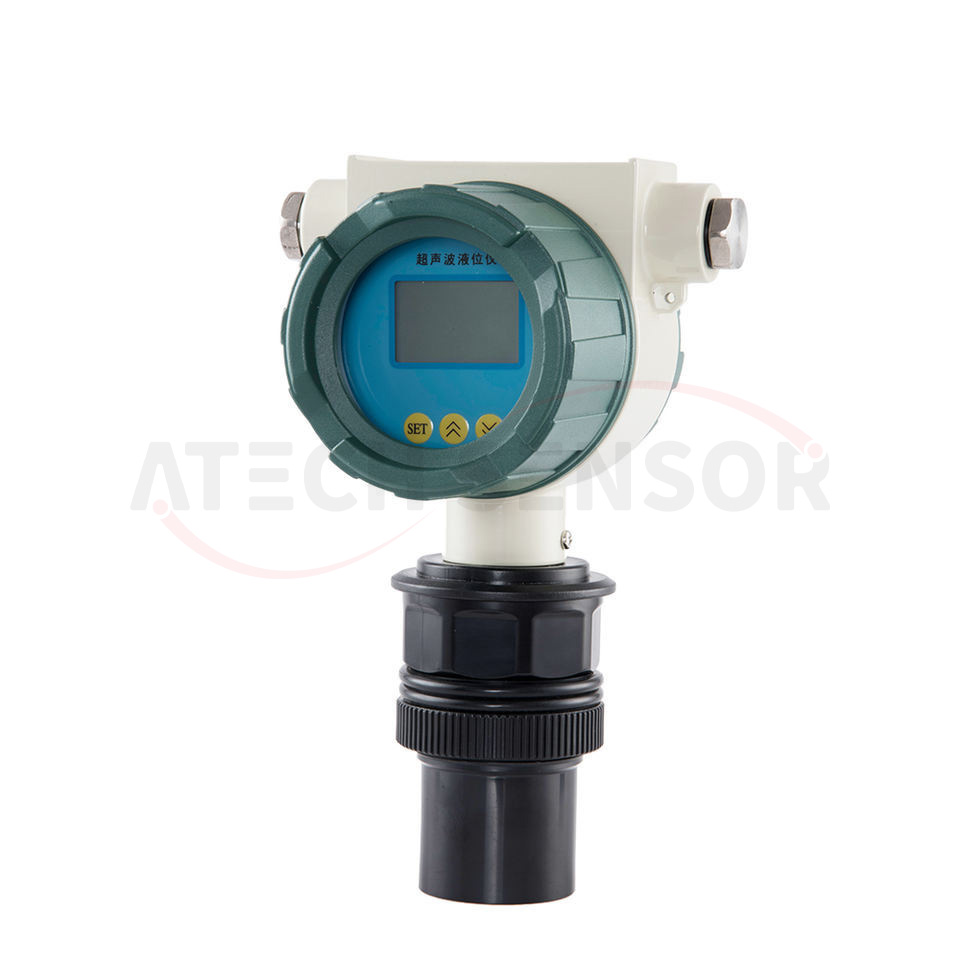
2.5Magnetic flap level gauge
The magnetic flap plate (column) level gauge is a magnetic float driven two-colour magnetic plate (column) to indicate the liquid level, which can be used for the detection of medium level in various acid-alkali storage tanks. It compensates for the shortcomings of unclear and fragile glass plate (tube) level gauges, is not affected by drastic changes in high and low temperatures, does not require the combination of multiple sets of level gauges, and provides reliable safety. There are no blind spots in the entire measurement process, the display is eye-catching, the readings are intuitive, and the measurement range is extensive. In particular, the on-site indication part excels in high temperature, high pressure, high viscosity, toxic and harmful, and highly corrosive media as it does not come into direct contact with the liquid medium. It offers higher reliability, safety, advancement, and applicability than traditional glass plate (tube) level gauges.
2.6Analytical Instruments
During wastewater treatment, many important parameters reflect water quality, such as dissolved oxygen (DO), pH, sludge concentration, turbidity, and suspended solids (SS). Online monitoring of these parameters provides real-time understanding and control of wastewater treatment conditions. Based on these parameters, automatic control and adjustment of process and equipment operations are implemented to ensure proper operation of wastewater treatment and compliance with discharge standards. Monitoring pH/ORP values is particularly important in electroplating wastewater treatment.
2.7pH meter
Neutralization precipitation is a simple method to operate and is a commonly used method for treating wastewater. Alkali is added to wastewater containing heavy metals to carry out a neutralization reaction, so that the heavy metals are separated by forming a water-insoluble hydroxide precipitate. Practice has shown that there are often multiple heavy metals coexisting in wastewater. When the wastewater contains amphoteric metals such as Zn, Pb, Sn, and Al, the pH value is high and there may be a tendency for redissolution. Therefore, the pH value must be strictly controlled and staged precipitation must be implemented. At the same time, if the pH value of the wastewater is high, it needs to be treated before it can be discharged.
When treating wastewater using chemical reduction, chromium in electroplating wastewater primarily exists as Cr6+ ions. Therefore, a reducing agent is added to the wastewater to reduce Cr6+ to slightly toxic Cr3+. Then, lime or NaOH is added to precipitate Cr(OH)3 for separation and removal. Chemical reduction treatment of electroplating wastewater requires controlling the amount of reducing agent added, necessitating real-time measurement of a key indicator—the oxidation-reduction potential (ORP)—using an online ORP analyzer.
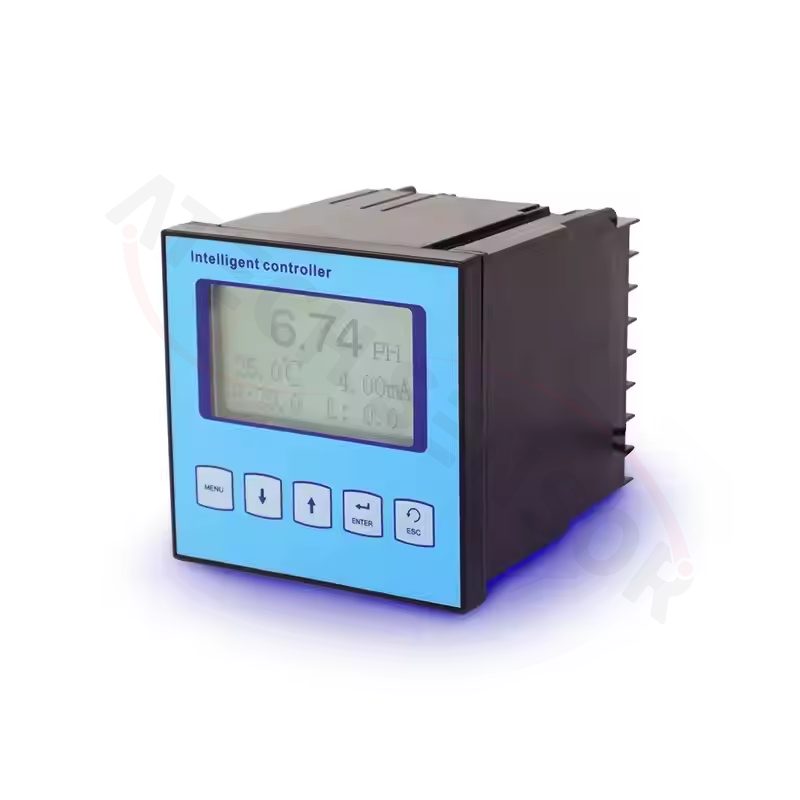
2.8Conductivity online analyzer
When electroplating wastewater is filtered using a membrane system, the quality of the produced water is tested to see if it meets the discharge standards. The metal ion content in the produced water is measured using an online conductivity analyzer.
